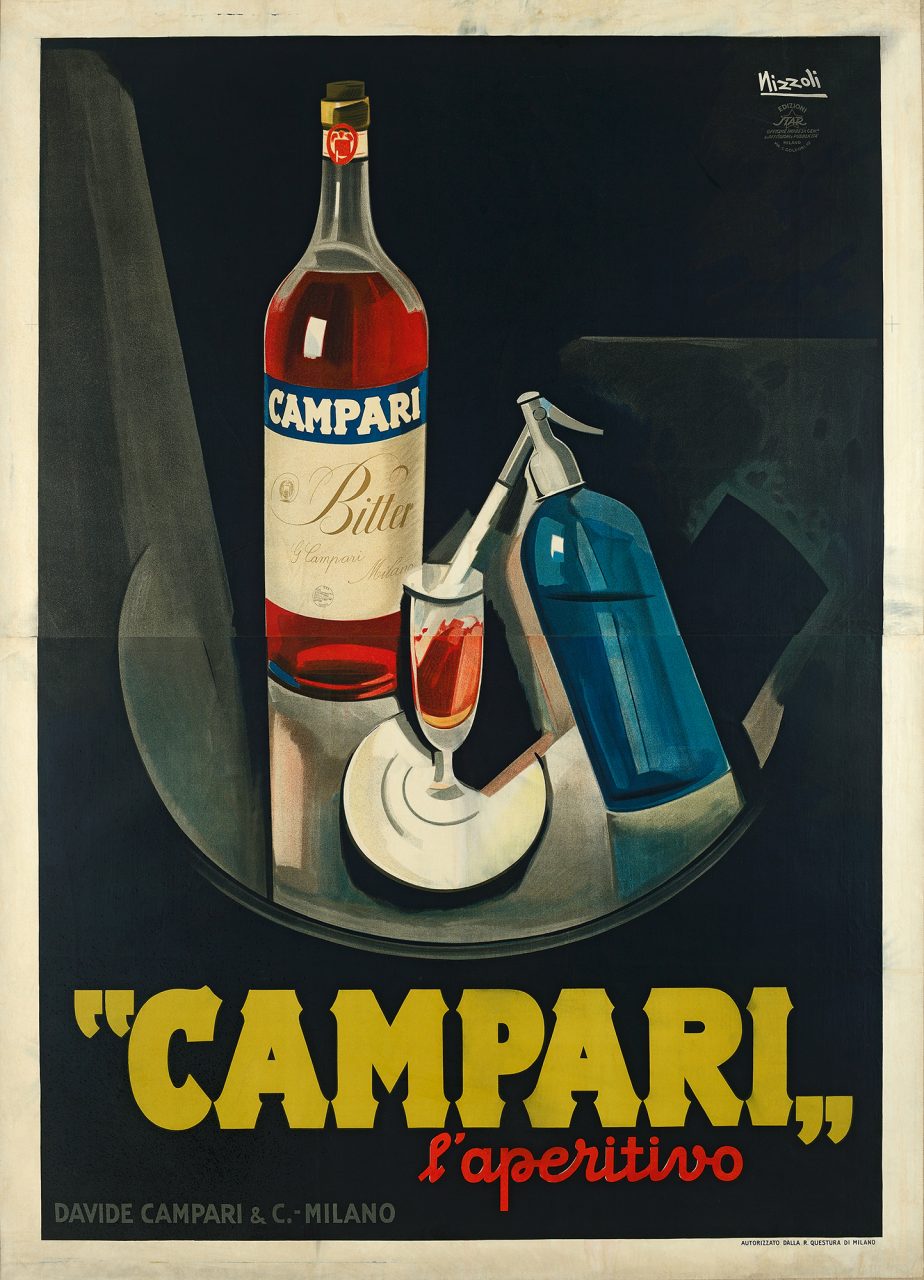The Salce Collection, a most significant collection of Italian advertising posters, opened to the public last year in the northeastern Italian city of Treviso, thanks to a bequest to the Italian nation by accountant and textile heir Nando Salce (1878-1962). Over his lifetime, Salce, who was obsessed with posters, amassed this spectacular archive of around 25,000 pieces together with his wife Gina Gregorj, the daughter of a prominent ceramics manufacturer. The couple were guided by the work of Italian critic Vittorio Pica.
The pieces in the Salce Collection represent every aspect of poster production from 1844 – the birth of chromolithography – to the decline of the Italian poster, when it was pushed aside by television advertising. It not only includes Italian posters, but also those produced by Italians working abroad, such as Leonetto Cappiello, and works by foreigners working in Italy, such as Swiss artist Xanti (Alexander) Schawinsky, and many others.
Salce bequeathed his collection to the State, which then kept it (literally) stowed in an attic for more than half a century. After much restoration and cataloguing, and the donation of a further 20,000 posters from other sources, the collection opened to the public in May 2017, in a complex of buildings belonging to the Church of San Gaetano.
The Ministry for Culture and Tourism (known as MiBACT in Italy) has bestowed museum status on the current location of the Salce Collection. The Museo Nazionale Collezione Salce presents short exhibitions which explore the collection thematically; for conservation reasons, each exhibition lasts at most four months. The museum’s aim is to conserve and protect the collection, but its overriding purpose, a condition of Nando Salce’s bequest, is ‘the study and creation of new knowledge for students, practitioners and enthusiasts of the graphic arts’.
The site-specific features of the building have required a multitude of innovative design solutions: low ceilings and the presence of protected wall frescos led the collection director, Marta Mazza, to commission an original exhibition structure. Ku Studio has designed a ‘palisade’ made of wood, which is both flexible and curved, creating a contrast with the constraints of the space. The posters are exhibited on semi-transparent surfaces, where possible without any protection, attached with magnetic fixings, to allow visitors to see them ‘naturally’, just as they once appeared on the street to passers-by.


